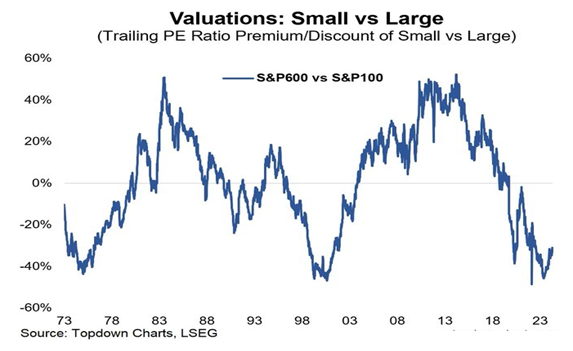1HFY26 – India shackled

The first half of the financial year FY26 has been good for financial and commodity markets in general. Despite elevated geopolitical concerns, renewed trade war, slowing growth in major economies and emerging deflationary pressures, stock market, crypto assets, and precious metals, and industrial metals performed rather well. Energy and soft commodity prices were lower, indicating good price control. The global central bankers accordingly remained on the easing path. India however was an outlier in the global context. Indian equities, currency and bond markets were one of the worst performers globally. South Koren equities were the best performing equities in 1HFY26. Chinese and German equities were other notable outperformers. Equity indices of the US, Japan, and the UK also recorded strong gains. The most notable feature of global markets was the sharp rally in precious metal. The central bankers across emerging markets accelerated their gold accumulation, in view of the geopolitica...





